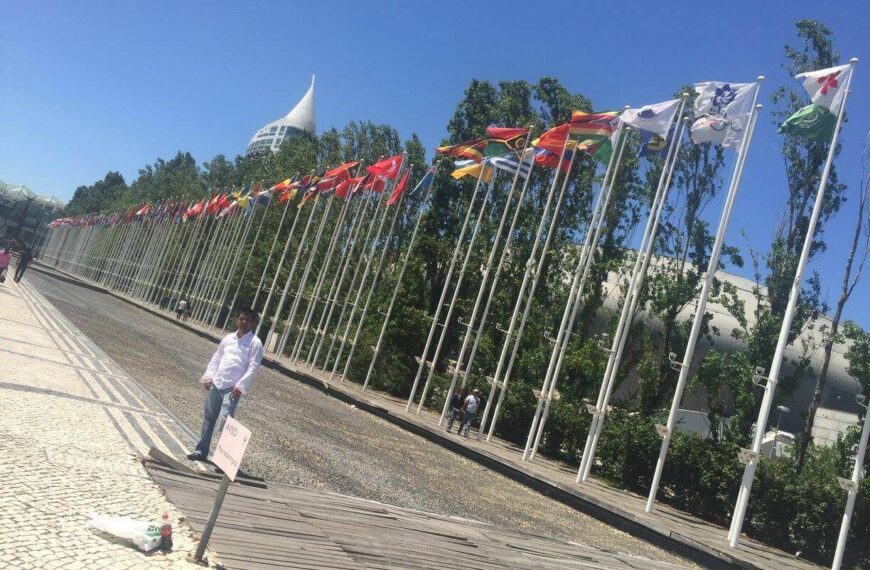Do you love photography and want to be a pro in this field? We introduce a regular column, from this Sunday, by our Photo Guru, an ardent wildlife photography enthusiast, Dr. Ajay, who lives in Bahrain. He gives relevant guidelines for beginners and showcases four photographs with technical details, exclusively in Different Truths.

I wonder how dedicated the wildlife photographers were in the past with manual focus camera and film rolls. Experimenting various options were a totally different game then. It was a difficult task and they had to wait for the roll to finish or cut the partial roll in the dark room to see the result. The release of Digital Cameras completely revolutionised the photography fraternity. Starting from high-end cameras and lenses one has a wide range of choice now, from point and shoot, mirrorless to Digital Single-Lens reflex (DSLR) cameras. Even mobile cameras are getting better day by day. With the easy availability of digital cameras more and more photo enthusiasts, hobbyists, serious as well as professional photographers are attracted towards wildlife photography. The social media is also playing a major role in this field. In a way, this is a good sign as reflected by the increase in awareness towards wildlife conservations and protection.
How to start in this domain is a big question. To start with one should have a sound knowledge of photography and photographic equipment available in the market. Knowledge of animal behaviour and its habitat is a plus point in this field. The internet is a big resource for learning and enhancing one’s talent/skill. Many agencies are conducting various workshops, seminar and interactive sessions on wildlife photography.
In this field, the major homework lies in the selection of the types of equipment. The point and shoot cameras and even mobile phones can be used for wildlife photography with some limitations in quality, speed, and functionality. The kind of photography plays a major factor in selecting the equipment. A person interested in watching or taking record shots of animals and habitats would be happy with mobile and point and shoot cameras. Actual difficulties arise with the passionate and serious photographers. The prices of equipment are very high and while purchasing, a long-term investment should be kept in mind. In fact, the prices are directly proportional to the quality and precision of types of equipment. The more you pay the better equipment’s you will get.

The best practice is to start with the basic model of DSLR camera and kit lenses. The kit lenses can reach up to 300mm of focal length at tele end and with the cropped body it can go above 400mm. The trick/tips for good photography is obviously to spend more time in the field shooting animals and habitats with varied options. Visit forests, lakes, marshes and various habitats near your house. If possible, visit various wildlife parks. With time and experience, you gain being in the field you can figure out exactly what is your field of interest, namely portraits, habitats, landscapes, wildlife action photography or any other specific subject. You are the best judge to assess/weigh the pros and cons of your equipment’s; hence easy to decide the higher end equipment’s that fits best in your budget and ability.

Apart from this, interaction in social media and the suggestions from experienced photographers will supplement and help to make the final decision.

©Dr. Ajay Kumar Singh
Photos by the author
#Photography #Photographer #WildLifePhotography #LearningWildlifePhotography #ArtOfPhotography #PhotoGuru #DifferentTruths



 By
By
 By
By

 By
By